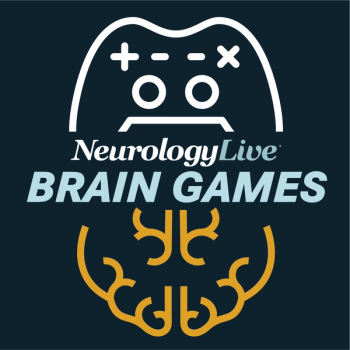
Real-World Analysis Shows Growing Use of Octave’s MS Disease Activity Test in Clinical Practice
Key Takeaways
- The MSDA test has been widely adopted in the U.S., with 12,833 tests ordered since 2022, influencing DMT decisions in 44% of cases.
- The test provides a disease activity score and subscores, with 63.5% of patients showing low disease activity.
A recent analysis highlights the increasing use of Octave's MSDA test in managing multiple sclerosis, showcasing its impact on treatment decisions and disease monitoring.
A retrospective descriptive data analysis presented earlier this year demonstrated the growing real-world utilization of Octave’s Multiple Sclerosis Disease Activity (MSDA) test, a serum-based, multi-analyte biomarker assay, in clinical practice across centers in the United States.1
Overall, 12,833 MSDA tests were ordered from 122 institutions and 205 health care providers since it became commercially available in 2022. The analysis, presented at the
Led by Jennifer Graves, MD, PhD, an associate professor of neurosciences and the director of neuroimmunology research at the University of California, San Diego, the baseline demographics for the analysis included mainly female (77%) and White (79.7%) patients. Rounding out the cohort, 15.6% of patients were Black and 4.2% were Hispanic. The mean age of the cohort was 51.9 years, with a mean disease duration of 13.8 years.
READ MORE:
Octave’s test uses proteomic and artificial intelligence–driven algorithms to produce: an overall disease activity score on a scale from 1 to 10, categorized as low (1-4), moderate (4.5-7), or high (7.5-10), as well as 4 biological pathway subscores, each reflecting a different facet of MS disease mechanisms. In the real-world analysis, the MSDA scores from the cohort were 63.5% low, 29.6% moderate, and 6.9% high, with a mean disease activity score of 3.8. Most patients (80.2%) had 1 MSDA test, while 16.8% had 2 tests, and 3% had 3 or more.
In the study, the top health care providers reported indications for use, including routine/longitudinal monitoring, pre- and post therapy, relapse assessment, and baseline evaluation. At the conclusion of the study, the authors noted that additional research is needed to truly unlock the full potential of the MSDA test, “ensuring its seamless integration into clinical workflows and its ability to revolutionize the management of MS care."
Since its arrival in 2022, the MSDA tests have been used in various research contexts, including in helping compare the effectiveness of approved therapeutics. An
In the study, 100% of ublituxumab-treated patients (n = 21) had low DA scores at week 96 compared with 30% of those treated with teriflunomide (n = 20). For teriflunomide, 40% of treated patients had moderate DA and 30% had high DA scores, signifying a contrast in impact on disease activity between the 2 therapies. All told, investigators concluded that the findings support MSDA as a quantitative measurement tool for evaluation of disease activity and therapeutic efficacy.
REFERENCES
1. Graves J, Livingston T, Gatta G, et al. NIB07 - real-world utilization of a novel multi-analyte blood based biomarker panel, the Octave Multiple Sclerosis Disease Activity Test in clinical practice in the United States. Presented at: 2025 CMSC Annual Meeting; May 28-31, 2025; Phoenix, AZ. Abstract NIB07.
2. Qureshi F, McCurdy S, Sheng E, et al. Comparison of Multiple Sclerosis Disease Activity (MSDA) Test results between patients treated with ublituximab and teriflunomide in the phase 3 ULTIMATE I and II studies. Presented at: ECTRIMS Congress; September 18-20, 2024; Copenhagen, Denmark. Abstract P1516/1382.
Newsletter
Keep your finger on the pulse of neurology—subscribe to NeurologyLive for expert interviews, new data, and breakthrough treatment updates.




